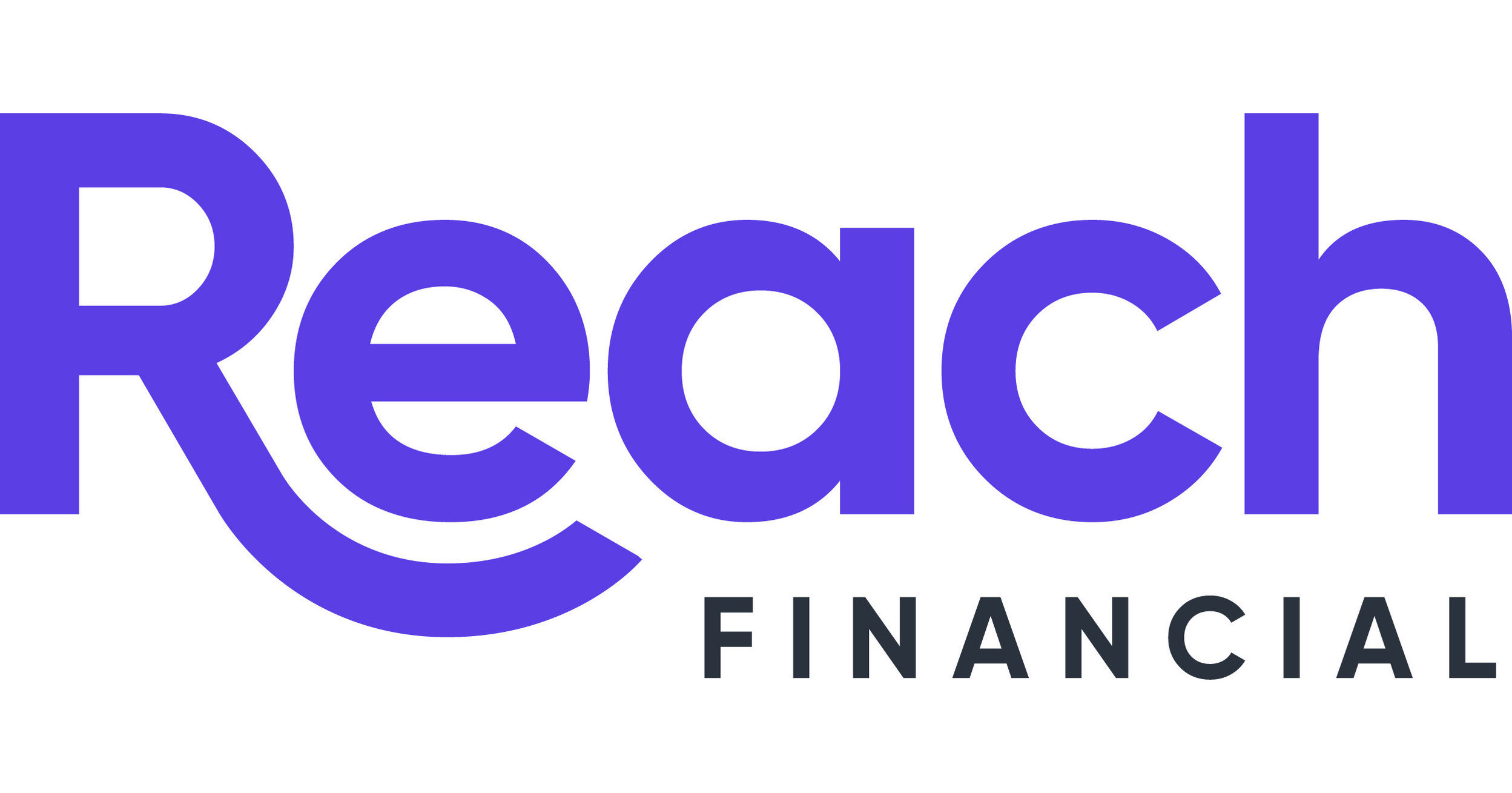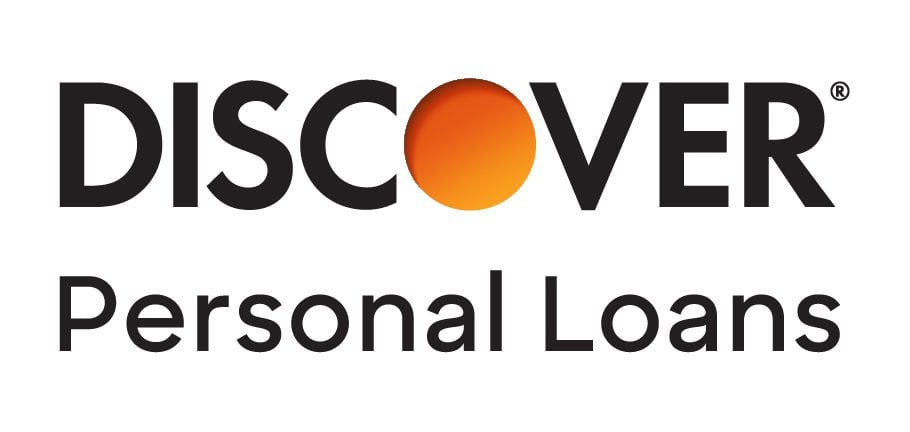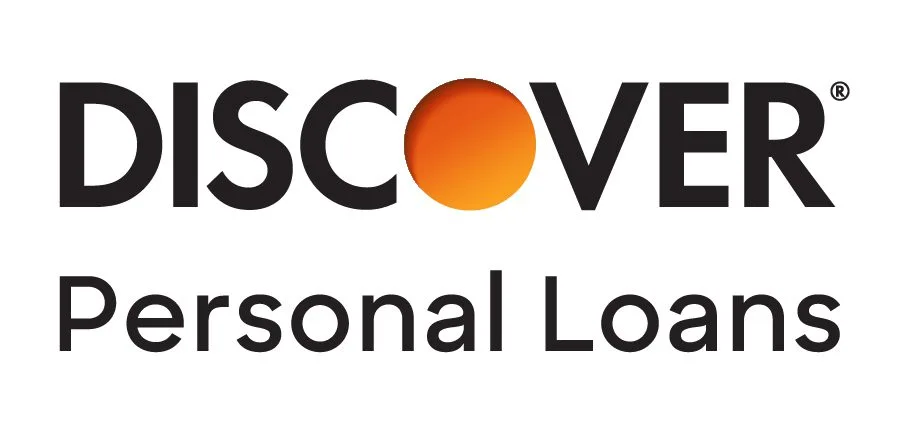Each lender will have a different application process for getting a personal loan as well as varied eligibility requirements. However, many lenders follow a similar approach when it comes to applying for a personal loan.
1. Check your credit score
Before you start shopping around for personal loan lenders, it’s important to check your credit score to understand how creditworthy you are in the eyes of lenders.
Your credit score can give you an idea of the terms and interest rates you may qualify for. If you have a low score, you may want to work on improving your credit score before applying for a loan.
To help assess how much debt you can afford, you can use a personal loan calculator to estimate your minimum monthly payments and determine how much interest you’ll pay over the life of the loan.
2. Shop around for lenders
Comparing lenders’ interest rates, fees, terms and loan amounts can save you money in the long run.
Many lenders allow consumers to prequalify for a loan — meaning you can check to see whether you’re eligible for a loan and what your potential rates and terms could be without any impact to your credit score.
 Note:
Note: Not every lender offers prequalification and requires a hard credit pull to determine your loan eligibility. When evaluating lenders, you may consider looking for lenders that allow prequalification. (Remember, though, that prequalified offers are not a guarantee that you’ll be approved or receive the exact rates presented.)
3. Verify your information
Once you select a lender, you’ll need to verify the information you provided in your loan application. Typically, lenders want to verify your identity, employment and income, so you may need to provide a government-issued form of identification, plus W-2s or pay stubs.
During this part of the process, you’ll likely need to submit to a hard credit pull before the lender offers you final approval. This can cause your credit score to temporarily drop by a handful of points.
4. Close on your loan
Once your lender officially approves you for a loan, you’ll need to sign a personal loan agreement. The lender will either deposit the funds into your bank account or send you a check. The amount of time it takes to receive funds will depend on both your lender and bank.






























